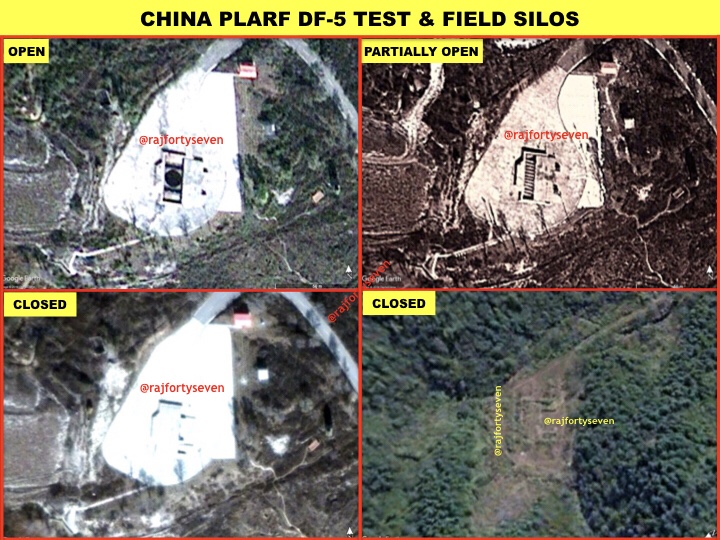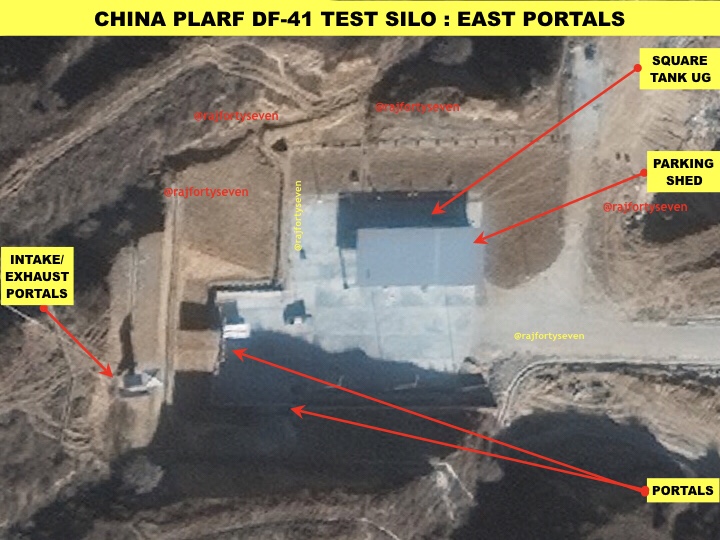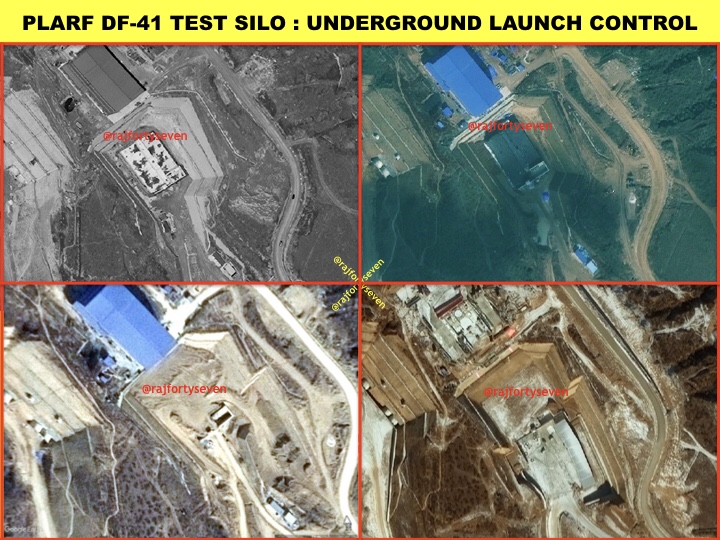 This is what China is doing to protect its nuclear weapons
This is what China is doing to protect its nuclear weaponsCol. Vinayak Bhat (retd)
September, 2018
China is working on the development of super-hardened silo technology for its Dong Feng missiles at Taiyuan Space Launch Centre in Shanxi province.
New Delhi: China is working feverishly to safeguard its nuclear weapons from a possible first strike by the United States.
It is focusing on the development of super-hardened silo technology for various basing concepts, which requires research on nuclear hardness and survivability of each basing. This is a tedious and long-drawn process, involving years of research, innovations, trials, tests and reinventions
Every nuclear-armed country tries to keep its arsenal safe from an enemy’s first strike. It becomes all the more important to ensure the survivability of your weapons if your country has pledged ‘no first use’.
During the Cold War, for instance, the Soviet Union aggressively pursued expansion of its nuclear force, and improvements to its survivability. Its research had a deep impact on structural hardening and recognising appropriate damage indicators to withstand high-shock-strength blasts. The US land-based nuclear forces also obviously chose to develop an effective anti-ballistic missile defence, and also evaluate the survivability of its own nuclear weapons.
ThePrint examines China’s progress in this area using open source commercial satellite imagery. Some images were studied from Google Earth too.
DF-5 silos
The test silo of the Dong Feng-5 intercontinental ballistic missile (ICBM) was observed at Taiyuan Space Launch Centre (SLC) near Wuzhai in Shanxi province.
The 8.5m silo at Taiyuan SLC seems to be a shallow buried trench-basing concept, with a huge sliding silo door. The satellite images reveal that a secondary shutter type door also exists just below the main door.

Similar sliding-door silos for DF-5A missiles were observed in most operational locations all over China. The difficulty in identifying silos was compounded by excellent camouflage of the support buildings.
Being located in mountainous areas, these silos have an inherent disadvantage when it comes to the maintenance of the missiles. The system seems based on manual rather than automated technology.
DF-41 silo
A new silo was recently observed about 1,300m north of the DF-5 silo at Taiyuan. The construction of this silo began sometime in 2013, and is now about to be completed.
The size of this silo is approximately 7m in diameter, indicating that it could possibly be a test silo for the Dong Feng-41 ICBM.
The basing concept of this test silo is unique, and possibly combines a large number of concepts and designs.
The basic concept is a deeply buried super-hardened silo with almost all its support facilities built underground.
During the entire construction process, the main silo door was covered with a semi-permanent shed, possibly to hide overhead observations.
The entire system seems to be fully automated, with all expected support facilities compatible and interconnected with some artificial intelligence command and control system.
10 levels
This silo design probably has 10 operational levels with each level being 6-8m deep. The levels could be much deeper, but the open source satellite imagery and elevation data resolutions preclude an accurate assessment.
It can safely be assumed that this new silo system is 60m deep; it could possibly reach 100m.
Portals
There are nine portals providing access to possibly seven different levels, constructed in three different directions. The construction directions ensure a single sortie won’t be able to catch all the entrances.

Six of the nine portals have road connectivity. Vehicles are observed entering and exiting these portals, which are about 10m wide.
The rest of the portals are possibly emergency exits. There are a few small portals in addition to these nine, which could be exhausts/inlets of environment control systems.
Launch control equipment building
A large building measuring 35m x 50m size has been constructed about 75m southeast of the main silo. The building could be a launch control equipment building with many other envisaged support facilities.
The building had been covered with different layers of hardening materials, just like the Kirana Hills observed by ThePrint earlier.

The building was later covered with compressed earth, and cannot be seen at present — except the entrance and emergency portals at different levels.
Propellant tanks
There are three blue fuel tanks connected with pipelines observed about 300m northwest of the silo door.
There are also three square tanks, which could possibly be storing liquid propellants.
Survivability
Despite these efforts, some experts believe that only mobility can ensure survivability, since a missile in any static location can be neutralised or destroyed.In creating such a deeply buried super-hardened silo system, China’s aim seems to be a prompt response while ensuring survivability.
The new silo system seems to be impregnable for American earth-penetrating weapons, although only a comprehensive engineering study can possibly prove its technical feasibility and vulnerabilities.
No comments:
Post a Comment